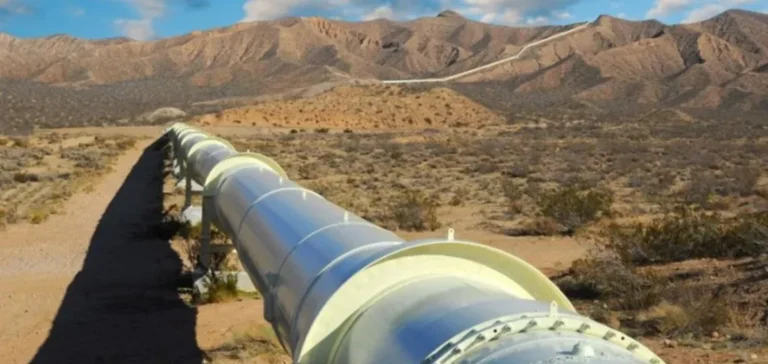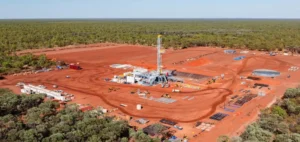U.S. natural gas exports to Mexico reached a historic high in May, averaging 7.5 billion cubic feet per day, according to recent data. This volume exceeds all previous levels, reflecting sustained growth in Mexican demand, particularly in power generation.
Mexican energy demand drives import growth
Between 2019 and 2024, average annual exports increased by 25%, reaching 6.4 billion cubic feet per day. During the same period, total natural gas consumption in Mexico rose from 7.7 to 8.6 billion cubic feet per day, mainly driven by the electric power sector. This trend underscores Mexico’s growing reliance on U.S. natural gas to supply its energy system.
Exports occur through four main corridors: South Texas, West Texas, Arizona, and California. Their combined capacity is estimated at 14.8 billion cubic feet per day, with a utilisation rate of 43% in 2024. The majority of exports, 91%, flow through South and West Texas.
Infrastructure projects addressing bottlenecks
Despite this increase, several factors continue to limit export potential, including delays in pipeline construction and commissioning in Mexico, as well as limited storage capacity. Recent interconnections, such as those from the Agua Dulce hub and new networks reaching central and southwestern Mexico, have enabled this rise.
Exports from West Texas tripled between 2019 and 2024, from 0.6 to 1.8 billion cubic feet per day. This growth is supported by investments in transport infrastructure, particularly through projects connecting central and southern regions of Mexico.
Enhanced links and LNG terminal development
Gas transported via the Sur de Texas–Tuxpan pipeline supplies power plants and liquefied natural gas (LNG) facilities, including the new offshore pipeline Gasoducto Puerta al Sureste, aimed at supplying the Yucatán Peninsula. Several projects are nearing completion, including sections of the Tula–Villa de Reyes and Tuxpan–Tula pipelines, with full service expected in 2025.
Construction of the Centauro del Norte pipeline, designed to supply northwestern Mexico’s combined-cycle power plants, began in 2025. Meanwhile, the Yucatán Peninsula is set to benefit from the expansion of the Energia Mayakan pipeline the same year.
Mexico expands LNG export capacity
In August 2024, Mexico exported LNG for the first time through the Fast LNG Altamira FLNG 1 floating unit. Two additional projects under construction, Fast LNG Altamira FLNG 2 and Energía Costa Azul, will bring total export capacity to 0.6 billion cubic feet per day. These projects are supported by U.S. imports via infrastructures such as the Sur de Texas–Tuxpan and the Gasoducto Rosarito expansion.






















